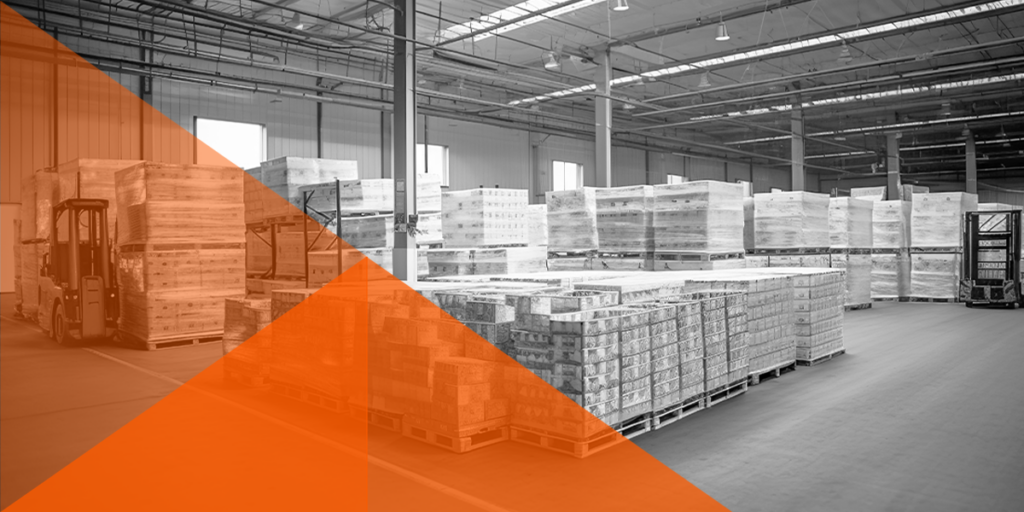
Temperature-sensitive and perishable goods require innovative storage solutions that are guided by strict government regulations. Whether you manage climate-controlled warehousing—also known as controlled room temperature (CRT) storage—or are looking for a reliable warehousing partner, you’ll want to make sure they understand what goes into temperature-controlled storage (hint: it’s more than putting products on ice).
If you’re in the business of storing life-saving pharmaceuticals, these are the things your cold storage warehouse needs.
Knowledge of Industry Regulations
All guidelines for the proper storage of temperature-controlled goods can be found in the Code of Federal Regulations CFR 21 CFR Parts 111 and Parts 211. These guidelines cover many healthcare related products that include:
- Drugs: General
- Drugs for Human Use
- Animal, Drugs, Feeds, and Related Products
- Biologics
- Medical Devices
For food-related storage regulations and best practices, refer to CFR 21 Parts 110.
At King Solutions, our 101,000 sq. ft. warehouse is Current Good Manufacturing Practice (CGMP) and Certified Room Temperature compliant. For more information on storing and shipping temperature-sensitive goods, download our Temperature-Controlled Storage and Shipping Guide.
Temperature Controlled Warehouse Technology
No matter what you store, effectively maintaining the proper temperature range in your warehouse requires a range of technology and best practices:
- Use a zone system: climate-controlled zones allow you to store a range of different products at varying temperatures without worrying about cross contamination.
- Cooling systems: there are many types of cooling systems available. If you are looking for efficiency in your warehouse, a forced air-cooling system is one of the most efficient methods of maintaining a set temperature.
- Monitoring and alarm systems: monitoring systems allow you to keep track of temperatures in different zones, giving you real-time alerts if the temperature of the space deviates from the predetermined range. Alarms help you mitigate risks by allowing you to act quickly and limit the time products spend outside of the recommended storage temperature range. Monitoring systems can also be accompanied by data logging systems, which allow you to keep records for compliance, quality control, and improving the efficiency of controlling the temperature in your space.
- Backup power: these allow for uninterrupted temperature control should you experience a power outage, or your primary cooling system fails.
- Insulation and ventilation: do not underestimate the importance of insulation and ventilation in temperature-controlled spaces. Maximizing the efficiency of your ventilation systems and ensuring that high-quality insulation is installed makes it less demanding on HVAC systems to maintain the temperature in your space. This not only creates a more stable climate for products, it can also drastically reduce the energy costs of maintaining the space.
- Racking systems, pallets, and shelving: choosing the right pallet racking configuration allows you to control the amount of airflow and circulation around your products. Solid shelving limits airflow in spaces, so look for storage systems like wire racks, pallet shuttle systems, and other types of steel-based racking systems.
- Inventory and tracking systems: end-to-end visibility of your products, including integrated warehouse inventory and management systems, will help you keep track of products as they move. They also allow you to properly allocate resources, eliminate waste and inefficiency, and collect high-level data that can help you optimize how your products are stored and shipped.
Clear Loading Docks
Clear and uncongested docks allow for the swift and controlled movement of temperature-sensitive goods in a climate-controlled environment. Warehouse loading docks are one of the top places for slowdowns, which creates bottlenecks that can leave products exposed to temperatures outside their regulated range. Optimizing your picking speed and loading/unloading processes can help you clear your docks and prevent harm to your products. Clear your docks to:
- Maintain temperature stability and limiting exposure
- Maintain compliance with regulations
- Safeguard product integrity
- Limit the chances of contamination
- Allow for more timely deliveries
- Reduce utility bills by minimizing energy consumption
- Enhance quality control
- Create a safer warehouse environment
Read our quick guide to clearing congestion at your loading docks here. At King Solutions, we specialize in dock congestion, helping our clients increase efficiency and safety at their warehouses by implementing policies and practices that keep docks clear.
Work with a Reliable Climate-Controlled Warehousing Partner
Our Minneapolis-based warehouse is uniquely suited for your products! We exceed the most stringent FDA regulations and Current Good Manufacturing Practices (cGMP), helping you keep your products safe. We also partner with carriers who specialize in shipping temperature-sensitive products from the biomedical, pharmaceutical, and medical device industries. With complete order integration, track and trace teams, and so much more, we provide you with the support you need to make your climate-controlled storage solutions a success. Get in touch with today to talk about the solutions you need for your supply chain.







 Joel Rice
Joel Rice